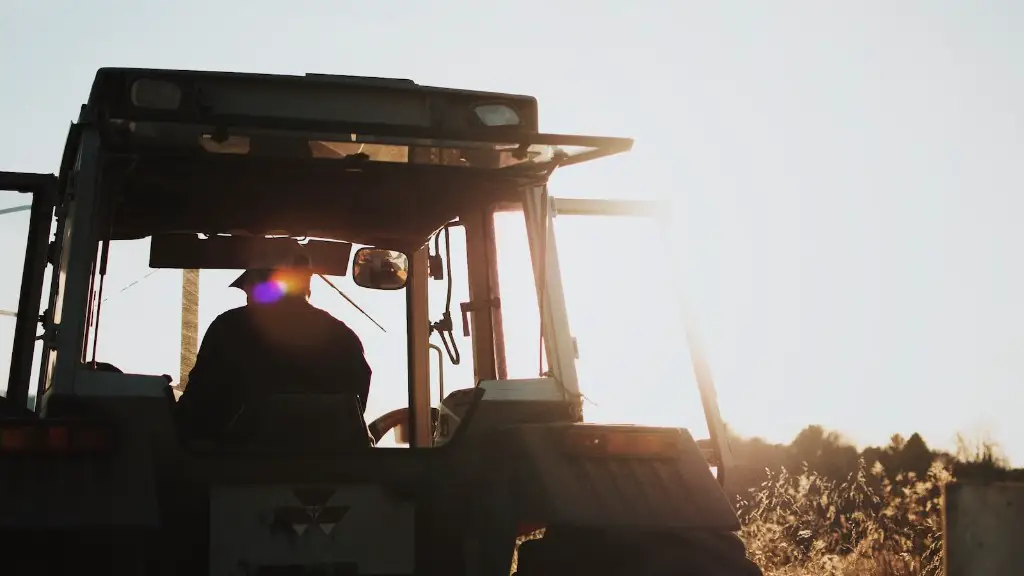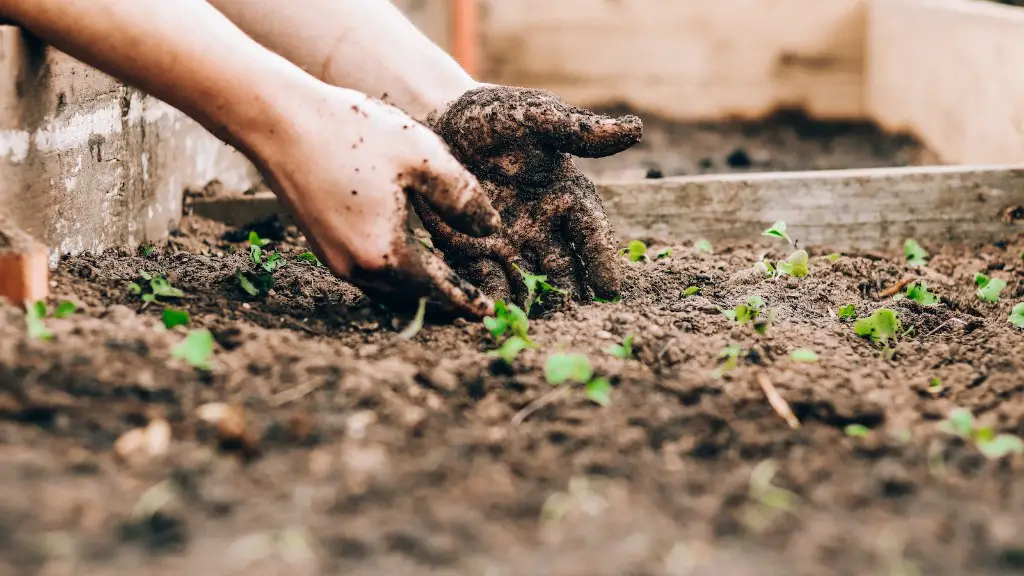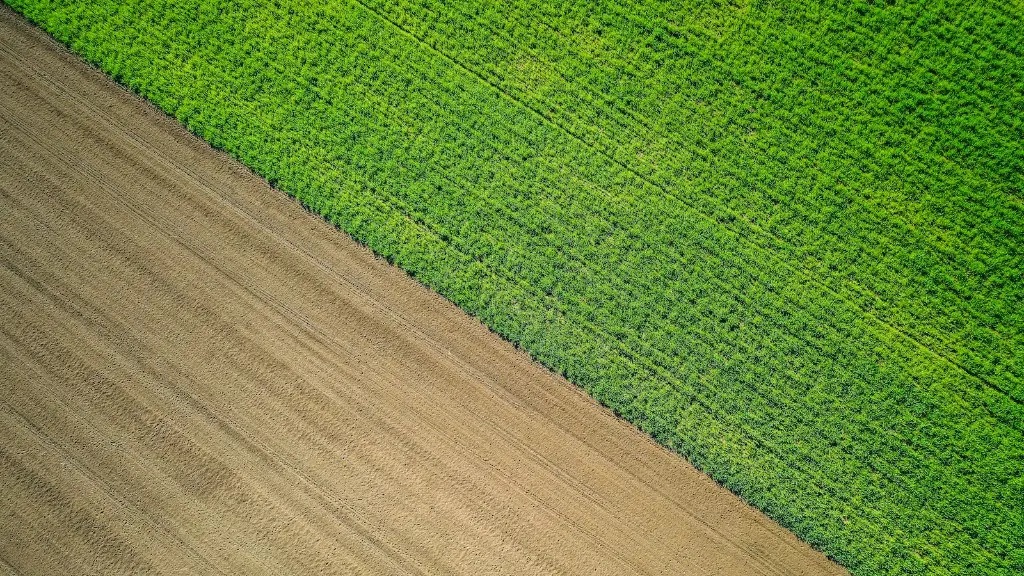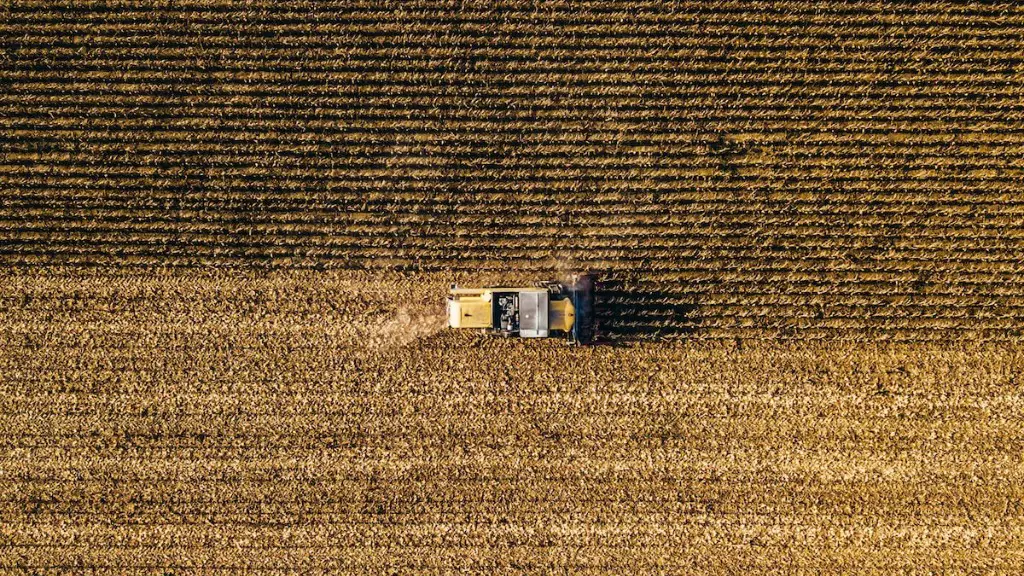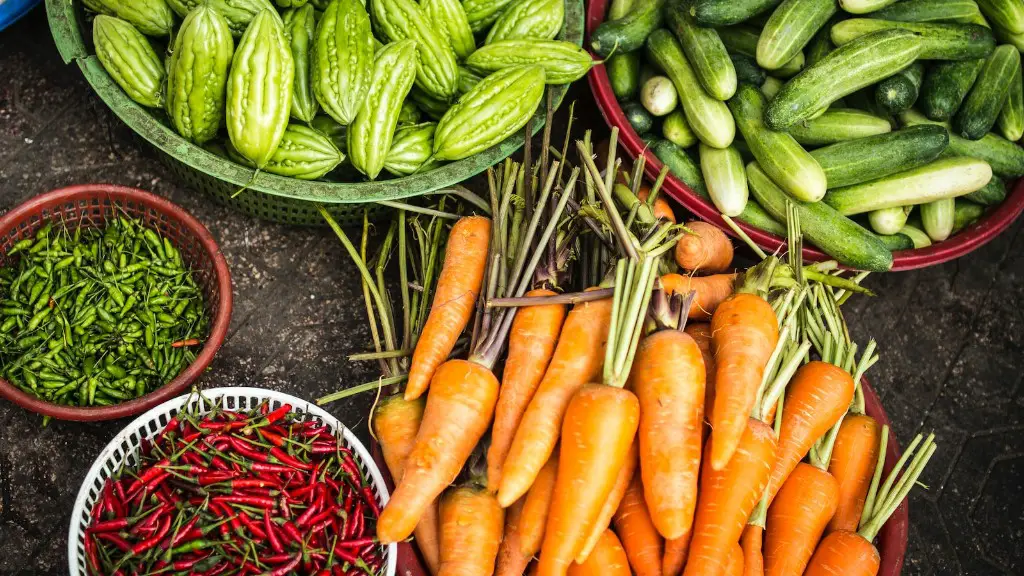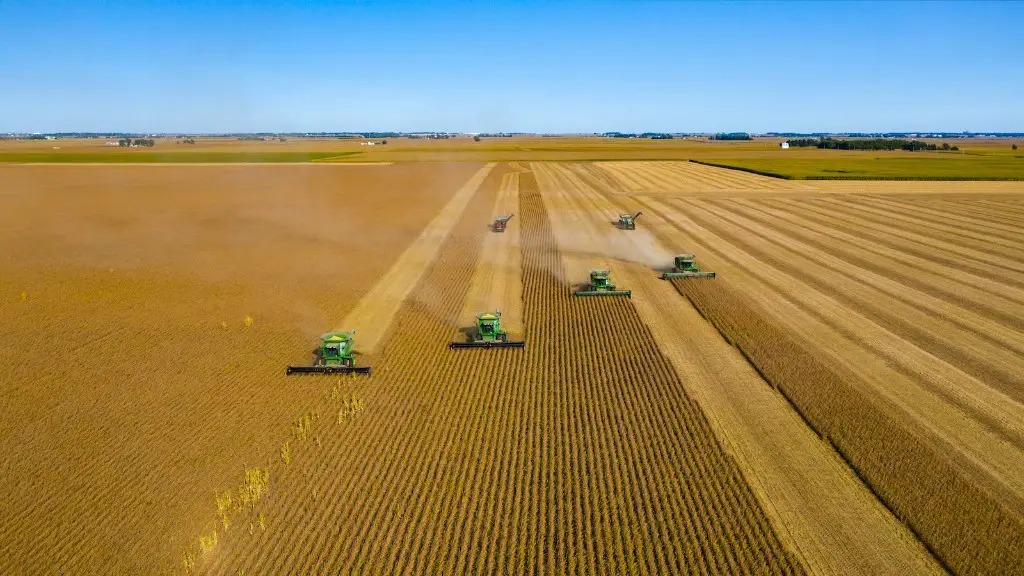Soil erosion is a major problem in agricultural areas. President Franklin D. Roosevelt once said, “A nation that destroys its soils destroys itself. Forests, fisheries, and wildlife cannot be long maintained if soils continue to be lost or degraded.”
Not only does soil erosion reduce the productive capacity of agricultural lands but it also causes environmental problems such as water pollution and sedimentation. In addition, soil erosion can lead to the loss of plant and animal species as well as reduce the aesthetic value of landscapes.
Soil erosion is a natural process that can be accelerated by human activities. When farm fields are plowed, the bare soil is subject to the effects of wind and rain. The raindrops striking the soil loosen particles of dirt, which can then be carried away by the wind. This can leave the field with a thinner topsoil layer, which makes it harder for crops to grow.
What causes soil erosion in agriculture?
Soil erosion occurs primarily when dirt is left exposed to strong winds, hard rains, and flowing water. In some cases, human activities, especially farming and land clearing, leave soil vulnerable to erosion.
Soil structure is important for plant growth because it affects the movement of water, air, and nutrients to plants. Sandy soils have little or no structure but are often free draining. With higher clay contents, the soil structural strength increases, but its drainage ability often decreases.
What are 5 effects of soil erosion on crop production
Soil erosion is a global challenge that has negative impacts on food productivity, water security, and biodiversity. Soil erosion causes huge losses to the economy, reduced soil fertility, decreased crop yields, and increased water usage.
Soil erosion is a major problem that can have a negative impact on crop yields, as well as lead to flooding. Once soil erosion occurs, it is more likely to happen again, making it a major problem that needs to be addressed.
How agriculture prevent soil erosion?
Soil erosion is a huge problem for farmers because it can destroy crops and damage fields. There are a few ways to reduce soil erosion, like replanting, cover crops, or mulching. These methods help because they protect the fields from water run-offs, raindrops, and wind. In severe cases, the damage can be reduced with terrace farming or check dams.
Soil erosion is a major problem that can have a serious impact on the environment. There are many causes of soil erosion, most of them being the same as other forms of erosion: namely water, ice, wind, and gravity. The effects of soil erosion can include the loss of fertile land to floods or water pollution, among others. To combat this problem, it is important to take measures to prevent soil erosion, such as planting trees and grass, and to restore eroded areas.
What are the effects of soil erosion to human plants and animals?
Soil erosion is a major environmental issue because it can reduce the ability of soil to store water and support plant growth. This can in turn lead to a loss of biodiversity. Erosion can also promote the loss of water, nutrients, soil organic matter and soil biota, which can harm forests, rangelands and natural ecosystems.
Soil erosion is a concern because it can lead to the loss of topsoil, which is the layer of soil that is most fertile. Human activities have accelerated the process of soil erosion in many ways, including the removal of vegetation, farming, grazing, mining, and construction. recreation can also be a factor in soil erosion. Some soil erosion is natural and not a cause for concern, but when it occurs at an accelerated rate it can lead to problems.
What is erosion control in agriculture
Erosion control is the practice of controlling or preventing soil erosion, especially in agricultural, conservation, construction and land development applications. The everyday processes of these operations often lead to erosion and can significantly impact surrounding communities, plants and wildlife.
Soil erosion is the process by which soil is removed from the surface of the earth. It can be caused by a variety of factors, but the primary ones are vegetation, rainfall, soil, and topography. Vegetation helps to protect the soil from the effects of rainfall, while soil provides a surface for the water to run off of. Topography also plays a role in soil erosion, as it can cause water to run off in a particular direction.
What is the biggest threat to soil erosion?
Erosion is a major problem facing our planet. If current rates of erosion continue, up to 90% of the world’s soil could be gone by 2050. This is a huge problem because soil is essential for agriculture, and without it we would not be able to grow the food we need to feed the world’s population.
There are many factors that contribute to soil erosion, including deforestation, mining, urban sprawl, and intensive agriculture. Deforestation is a major problem, as it removes trees that help to hold the soil in place. Mining can also cause soil erosion, as it can remove large amounts of soil and rock. Urban sprawl consumes large areas of land, which can lead to soil erosion from increased foot traffic and construction. And finally, intensive agriculture often involves the use of heavy machinery, which can compact the soil and make it more susceptible to erosion.
Soil erosion is a serious problem that we need to address if we want to maintain our planet’s ability to support life. We need to find ways to reduce the factors that contribute to erosion, and to help restore and protect our soil resources.
Human activities are a major cause of soil erosion. Poor farming practices, such as overgrazing and improper tilling, can contribute to soil erosion. Climate change can also exacerbate soil erosion, due to more intense rainfalls and droughts.
What are the effects of soil erosion on land and on plants
Soil erosion leads to degradation of soil structure which leads to hard, compact and cloddy soil. This results in poor soil aeration, water holding capacity and soil permeability. Decreased aeration results in less oxygen availability for plant roots.
Soil compaction, low organic matter, loss of soil structure, poor internal drainage, salinisation and soil acidity problems are all serious soil degradation conditions that can accelerate the soil erosion process. These problems can all lead to a loss of soil fertility, which in turn can lead to more erosion.
How does soil erosion cause short answer?
Soil erosion is a major problem that leads to soil deterioration and can have a negative impact on water quality. Erosion occurs when water or wind detach and remove soil particles, causing the soil to become less fertile and more susceptible to degradation. Surface runoff from eroded soils can also pollute waterways and degrade water quality. Soil erosion is a major problem in many parts of the world, and it is important to take measures to protect the soil and prevent further erosion.
Sheet and rill erosion are both forms of erosion that can occur on hill slopes. Sheet erosion occurs when a thin layer of topsoil is removed over a whole hillside paddock, while rill erosion occurs when runoff water forms small channels as it concentrates down a slope. The amount of hill slope erosion largely depends on how the land is used; if it is used for agricultural purposes, there is a greater risk of erosion occurring.
Final Words
Soil erosion can have a significant impact on agriculture. The loss of topsoil can reduce crop yields, and the loss of fertile soil can make it difficult for farmers to grow crops. In addition, soil erosion can lead to the depletion of groundwater resources and the soil’s ability to store carbon.
Soil erosion can have a devastating effect on agriculture. It can lead to the loss of topsoil, which can make it difficult for crops to grow. In addition, it can also lead to the contamination of water supplies and the loss of nutrients from the soil.
